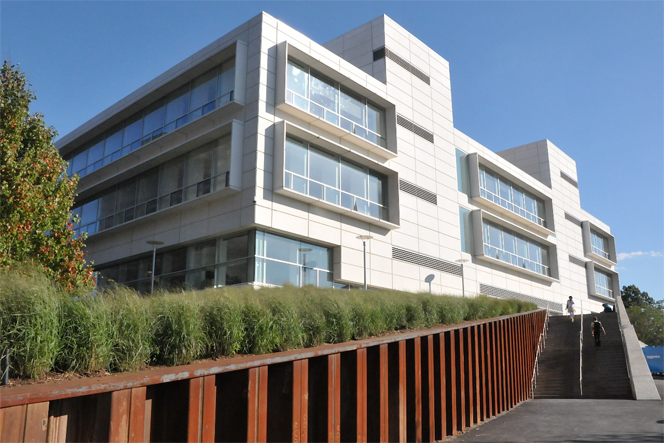Browse Exhibits (6 total)
Costa Rica Ecotourism
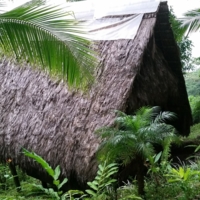
Costa Rica Ecotourism By Venus Carbuccia
Ranked in 2009 as the greenest country in the world, Costa Rica has urbanized as world leader in sustainability and eco-friendly development. Ecotourism is a vital part of the country’s revenue to agriculture. We are looking to understand how a country got to the point where economic development works in balance with environmental concerns. We as designers of the built environment can learn from the ways Costa Rica has worked on ensuring the safety of the environment and the lasting of its integrated, sustainable architectural style.
Landscape & Memory
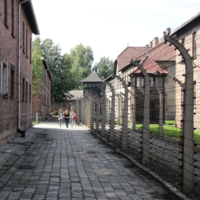
Landscape & Memory By Filipp Blyakher
The study of landscape and memory is, fundamentally, a deep and engrossing scholarly undertaking. My ambitions in exploring the conditions in which memory and landscape interact is the conception of my fellowship proposal. It is not intended to be finalization or a liberal conclusion to research I expect to extend into the future years of academic study.
I chose to study Holocaust Memorials due to the range of projects, approaches in design aesthetic, and reactions. The projects, as suggested by supplemented text, demonstrate how architecture can, is, should be, and could be integrated into our understanding of landscape. Issues of symbolism, perfection, and procession will be assessed along site -defintion of landscapes is modified by historic events and memories.
I hope to raise awareness about how architecture can be more effective in relating to landscape: history and memory. Since site retain the ruin and intervention of human culture, it is important to understand how to bridge the past, present, and future.
Memorialization of Urban Slavery in Southern Coastal Cities
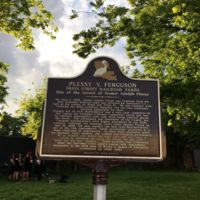
Memorialization of Urban Slavery in Southern Coastal Cities By Maura Whang
My goal was to research, witness, and record how each of my chosen Southern port cities has dealt with its past in regards to urban slavery, and to begin making a record of this history. Although all of the locations I visited were major hubs of the American slave trade, these cities remain mostly lacking in admitting their full and complete history. The inaccurate and incomplete narratives, lack of memorials, and white-washed histories designed to appeal to the tourist industry do not tell the stories of the slaves in an unbiased and forthright way. So much of what I witnessed revolved around a very racially divided tourist industry, but I know that change is possible. The story of urban slavery is not just the story of African Americans in the United States, but the story of all of us, and the more we can understand this, the better off we all will be.
Nicaragua Canal
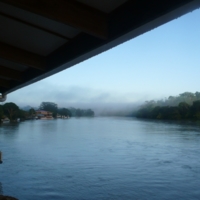
Nicaragua Canal By Lara Gelband
In late January 2014, Chinese investment group HKND announced plans to cut a 286 kilometer long and 83 meter wide canal across Nicaragua from the Pacific to the Atlantic. 2014-15 is potentially the last chance to document the Nicaraguan landscape from the Pacific to the Atlantic, along the canal route, before construction begins. There are many questions that I aim to gain perspective on from this trip. 1. What is Nicaragua now, and what might it become? 2. How do the locals feel about the canal? 3. How might tourism be impacted by the canal? 4. What might the viewsheds of the future become for Lake Nicaragua and the Pacific coast?
Post- Disaster: Japan's Response
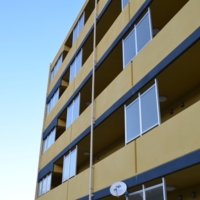
Post- Disaster: Japan's Response By Vail Nuguid
The purpose of this research trip to Japan is to identify the qualities of successful post-disaster city planning and architecture, which can potentially be applied towards immediate and impervious strategies on a global level. Since the 2011 Tohoku earthquake and tsunami, Japan has undergone massive improvements, due to advancements in construction technology, community-centered and forward-thinking designs as well as a general faith in rebuilding and recovery. Albeit, some of the tsunami-prevention strategies have stirred international controversy, the Japanese are the undoubted frontrunners in ensuring resiliency in saving human lives. Hopefully this information will shed light on some of the ways we as designers can rethink disaster-risk management and recovery.
Sumak kawsay
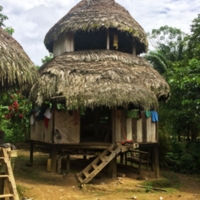
Sumak kawsay By Michael Delgado
Sumak Kawsay means Good Living in the Kichwa language. It guides a harmonious life through egalitarian principles related to community and reciprocity. According to the Andean Cosmovision (the world view of the indigenous people of the Andes region); nature, mankind, and Pachamama (mother earth), are one whole cosmic family that is perpetually related. Within this spectrum transcendental elements form the fundamental bases of an indigenous society. It was my intention to return to my roots in Ecuador and experience this form of thought. From my experience I was able to conclude that Sumak Kawsay is manifested in the coexistence between all beings. Within the Kichwa community it is manifested through the solidarity and reciprocity held in daily activities.

